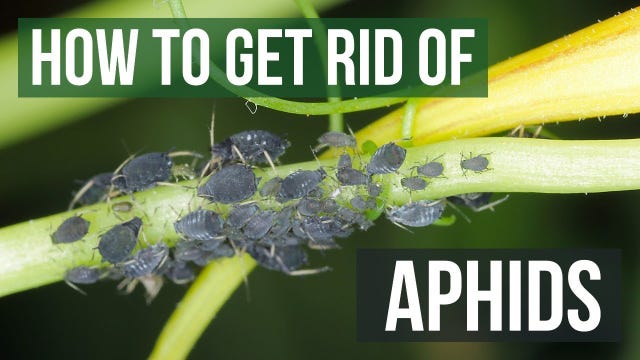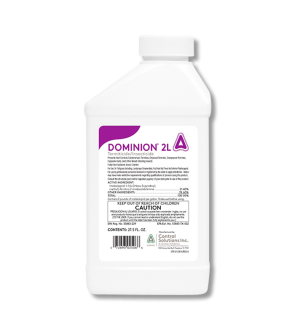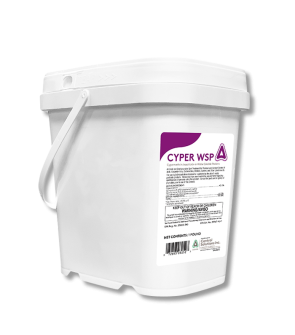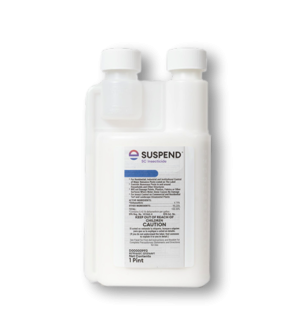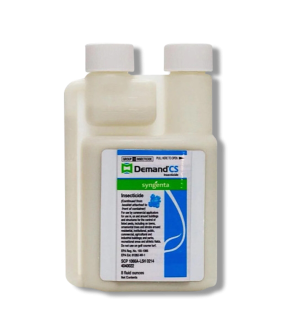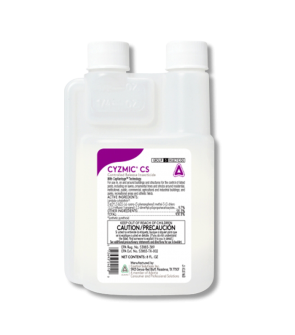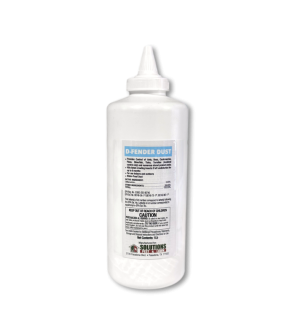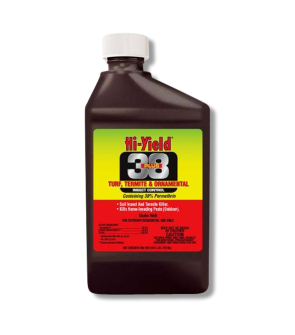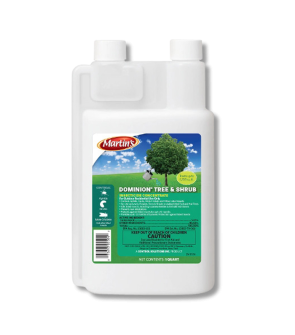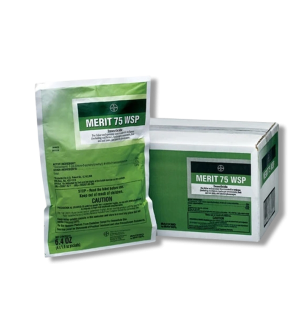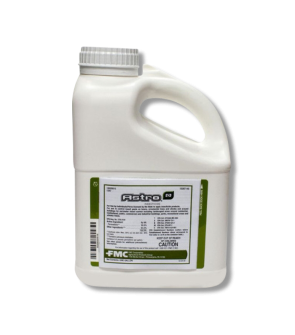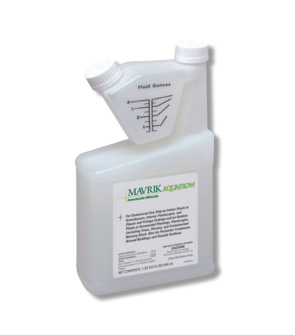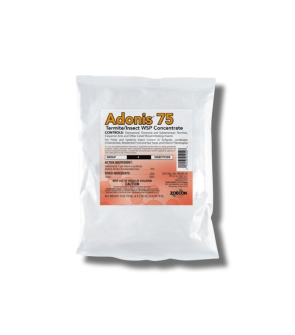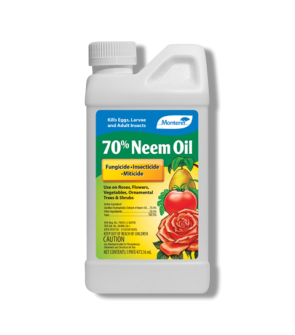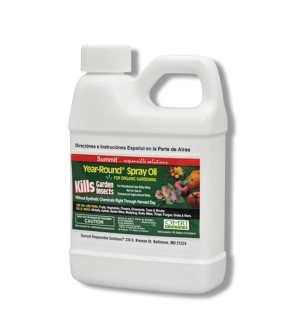Gain access to personalized product screening, the best pricing, rewards, and more!
Most Effective Products
Aphid Control: How To Get Rid of Aphids
This page is an aphid control guide. Using the products and methods suggested, you will get control of aphids. Follow this guide and use the recommended products, and we guarantee 100% control over aphids.
When it comes to growing plants in your lawn or landscaped areas, one pest rears its head time and again—the ever-present aphid. These soft-bodied insects attack many plants, leaving them weakened and prone to disease.
Aphids are a fairly common parasitic insect that likes to feed on all types of ornamental plants, but they can be particularly harmful to hibiscus plants. These pear-shaped insects enjoy the rich and highly nutritious juices present inside the plant's leaves. They also love to feast on the succulent new growth that the plant puts out as it ages.
Aphids and ants have a mutually beneficial partnership that can cause a lot of trouble on your property. Ants herd aphids to the best possible feeding places, much like a shepherd would herd sheep to the best pastures. In return for giving aphids plant sap to consume, they provide ants with honeydew to feed on. As a result of this alliance, ants also protect aphids from intruding insects.
This means that the bigger the aphid problem on your lawn and around your home, the bigger the chance you'll have to deal with ant infestations as well. Controlling aphids is crucial, or else the plants you are growing will be subject to significant damage due to aphids taking advantage of the sap available.
If you notice aphids damaging your ornamental plants, you must act quickly to eliminate the infestation. Follow our DIY treatment guide below to learn more about this sap-sucking pest and how to clear them from your yard best using our effective professional-grade products.
Identification
The first step in tackling an aphid problem is knowing what aphids look like. This can be tough because aphids can be tiny and confused with other insects.

- Aphids measure about 6/100 of an inch long, and their coloring ranges from yellowish-green to green-black, which enables them to merge into the background of the plants they feast upon.
- They have soft, pear-shaped bodies.
- They can have transparent wings, but more often than not, they don't have wings at all.
- The distinguishing characteristic that aphids share is a unique tube-like body part that sticks out from the rear of their bodies called cornicles.
- They will also cluster together near plant leaves. A clear giveaway is that you have Aphids on your hands if you find them bunched up around plants you are growing.
- When closely observed, you will notice that they have three pairs of legs and two piercing and sucking mouthparts.
Use the description and image above to help you properly identify aphids on your property. If unsure, contact us by phone or in person with a photo of the pest at one of our store locations.
Inspection
Once you have confirmed that the pests you are encountering are aphids, you can move forward with an inspection to determine the size of the infestation and how severely plants (like hibiscus and others) are overrun with them. Check your plants and monitor them regularly for any aphid activity so you can catch infestations early.

Where To Inspect
Look for aphids on new shoots, buds, stems, or the underside of leaves. Aphids move slowly and are often found feeding on plants in large groups. Some may have wings, a sign that the colony is about to move on to new plants.
What To Look For
Aphids are soft-bodied insects that are usually clumped together on various parts of healthy plants. You can also check if aphid activity is present in mold or fungus growing on your ornamental plants. This is often due to the excretions of sap that aphids release, known as honeydew, which is clear and sticky. Mold or fungus grows on the honeydew, an attractive snack for insects such as ants or flies.
Another way to inspect for aphids if you don't see them is to get a piece of white paper or cloth and hold it under a suspected plant. Shake the plant, and aphids will likely fall onto the paper, allowing you to see them.
Treatment
Once you have confirmed aphid activity, it is time to begin treatment. Remember to read all product labels, follow the application instructions on these labels, and wear personal protective equipment (PPE) to stay safe.
Our top recommendation for treating aphids is Dominion 2L. This product contains the active ingredient Imidacloprid and can safely be applied to your plants to treat large to small numbers of aphids affecting your plant growth. The product also works systemically, working its way through plants' foliage and root systems to stop aphids from further damaging the plant.
Step 1: Measure Out Dominion 2L for Application

Determine how much Dominion 2L you will need by measuring the square footage of the treatment area. Measure the length and width of the treatment area in feet, then multiply them together (length x width = square footage).
Dominion should be mixed at a rate of 0.015 fl. oz. in a gallon of water to treat 1,000 sq. ft.
So, for example, if you had measured a 2,000 sq. ft. area for treatment, you would need to mix 0.030 fl. oz. of Dominion 2L in at least 2 gallons of water.
Fill your sprayer with half the required amount of water and add the appropriate measured amount of Dominion 2L based on your calculations. Fill the sprayer with the remaining half of water and agitate it until the solution is well mixed. You are now ready to spray.
Step 2: Apply Dominion 2L to Ornamental Plants

Apply Dominion 2L to the foliage, spraying until wet but not to the point of runoff. Use a fan nozzle spray for even coverage. Don't forget to treat the underside of leaves, as this is where Aphids commonly hide. Dominion 2L remains effective for up to 90 days after application, but you can reapply.
Prevention
After treating the aphid infestation, you must ensure they don't return. Prevent aphids from returning with the following preventative measures:
- To prevent aphids, it's best to be diligent about monitoring your plants, checking for activity, and spraying them when necessary. You could also grow certain plants that attract beneficial insects, such as ladybugs, which are predators of aphids.
- Growing plants with strong scents, such as herbs, is great for keeping aphids away, as they don't like strong odors. It's not for certain you won't 100% have aphid problems, but as long as you follow these tips, aphid issues will be minimized, and you will be ready if they do show up again.
- Dominion 2L can also be used as a preventative treatment as it remains effective for up to 90 days. Spray your plants quarterly for year-long control from aphid damage.
Key Takeaways
What Are Aphids?
- Aphids are sap-sucking, plant-damaging pests that inflict serious damage to various ornamental plants, like hibiscus. They come in various colors and can appear on all plants and ornamentals.
- Aphids feasting on plants can result in deformed leaves or even the death of young plants via the aphids sucking the plant dry.
How To Get Rid of Aphids From Your Yard and Ornamental Garden
- Our recommended product for treating aphids on your ornamental plants is Dominion 2L.
- Mix Dominion 2L with one gallon of water (or follow directions on the label for proper or more specific application rates) in a hand pump sprayer. Spray the plant to the point of runoff, making sure not to forget to spray the underside of leaves and all parts of the branches where aphids are known to hide out.
Preventing Aphid Reinfestation
- After successful control, a preventative application of Dominion 2L will protect your plants from possible aphid reinfestations.






